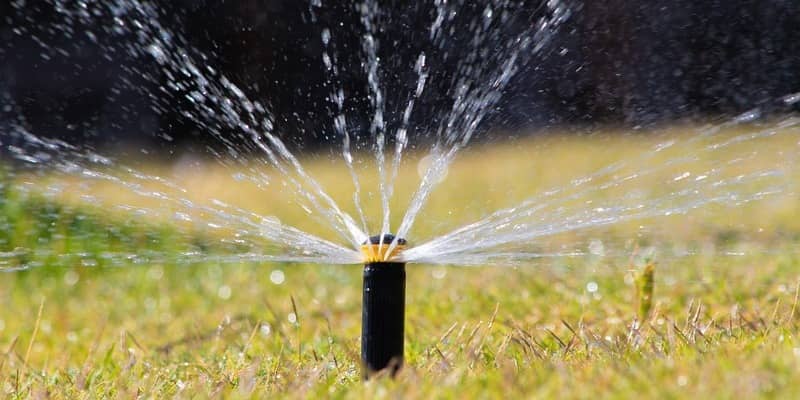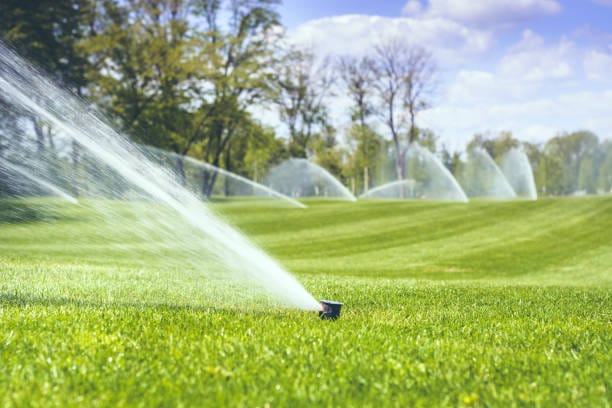Best Practices for Watering Your Lawn During a Drought
By Innovation Grounds
Drought conditions are becoming more common due to climate change, and homeowners must adapt their lawn care routines to use water more efficiently. Whether you’re facing watering restrictions or simply want to conserve resources, knowing the best practices for watering your lawn during a drought is essential. Not only can this save water and money, but it can also keep your lawn healthier in the long run.
Water Early in the Morning
The most effective time for watering your lawn during a drought is early in the morning, ideally between 5 a.m. and 9 a.m. During this time, temperatures are cooler and winds are typically calmer, which reduces evaporation and allows the soil to absorb more water. Avoid watering in the evening, as damp grass overnight can encourage disease and fungal growth.
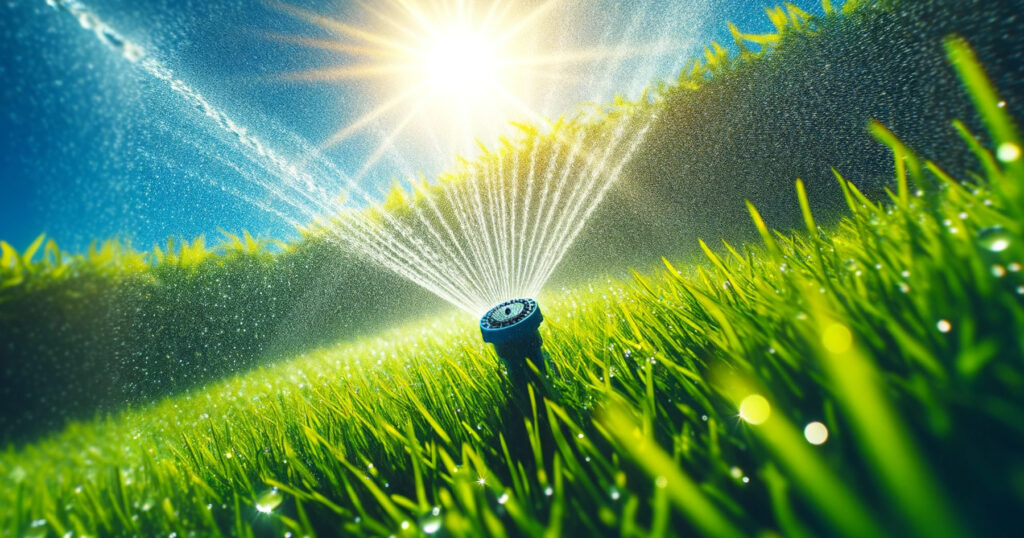
Water Deeply, Not Frequently
Many homeowners mistakenly water their lawns every day during a drought. Instead, water deeply but infrequently—about 1 inch of water once or twice a week is usually sufficient. This practice encourages deeper root growth, making your lawn more resilient to heat and drought stress.
To measure how much water your lawn is getting, place a shallow container like a tuna can on the grass and time how long it takes to fill to 1 inch. Use this method to fine-tune your watering schedule.
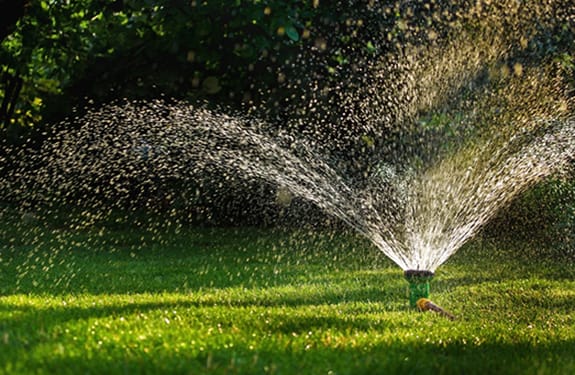
Use the Right Sprinkler System
Not all sprinklers are created equal. For drought conditions, choose a high-efficiency sprinkler system, such as drip irrigation or rotary nozzles, which deliver water directly to the roots with minimal waste. Avoid oscillating sprinklers, as they tend to lose more water to evaporation and wind drift.
Also, check for leaks, broken sprinkler heads, or inefficient spray patterns. A poorly maintained system can waste thousands of gallons of water annually.
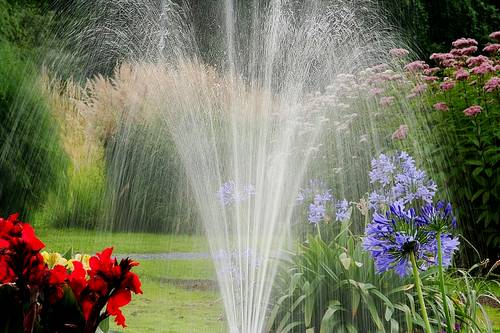
Mow High and Less Frequently
Raise your mower blade to 3–4 inches. Taller grass blades provide more shade to the soil, reduce evaporation, and promote deeper root development. During a drought, mow less often to reduce stress on your grass and avoid cutting more than one-third of the blade height at a time.
Leaving the grass clippings on the lawn (known as grasscycling) also helps retain moisture and return nutrients to the soil.
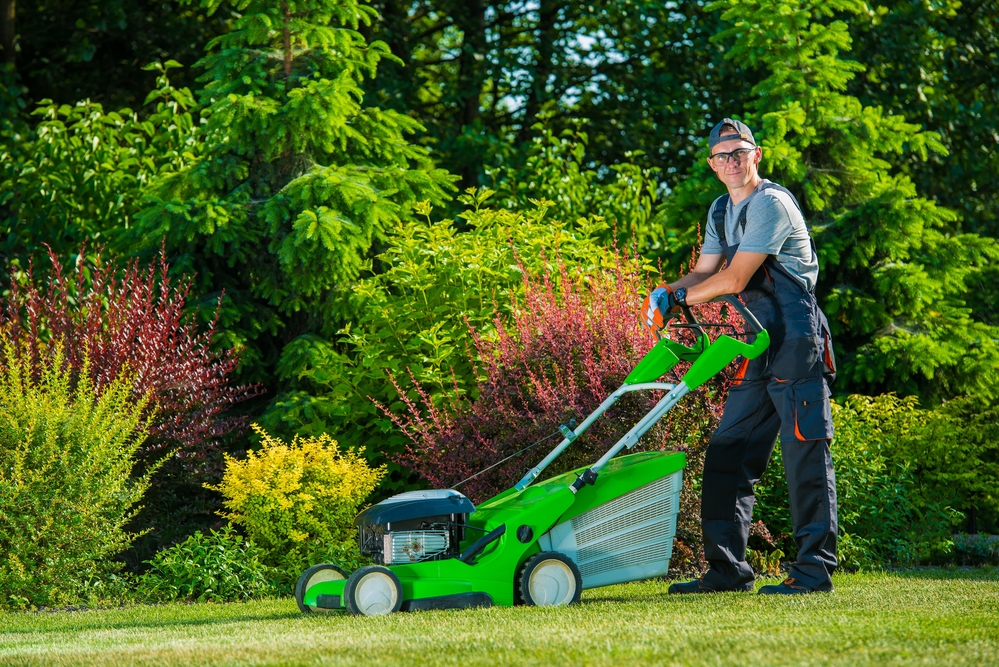
Apply Mulch and Organic Matter
Applying a thin layer of organic mulch or compost around trees and along garden edges helps retain soil moisture and improve water penetration. For lawns, top-dressing with compost once or twice a year can improve the soil’s ability to retain water, making your lawn more drought-resistant.
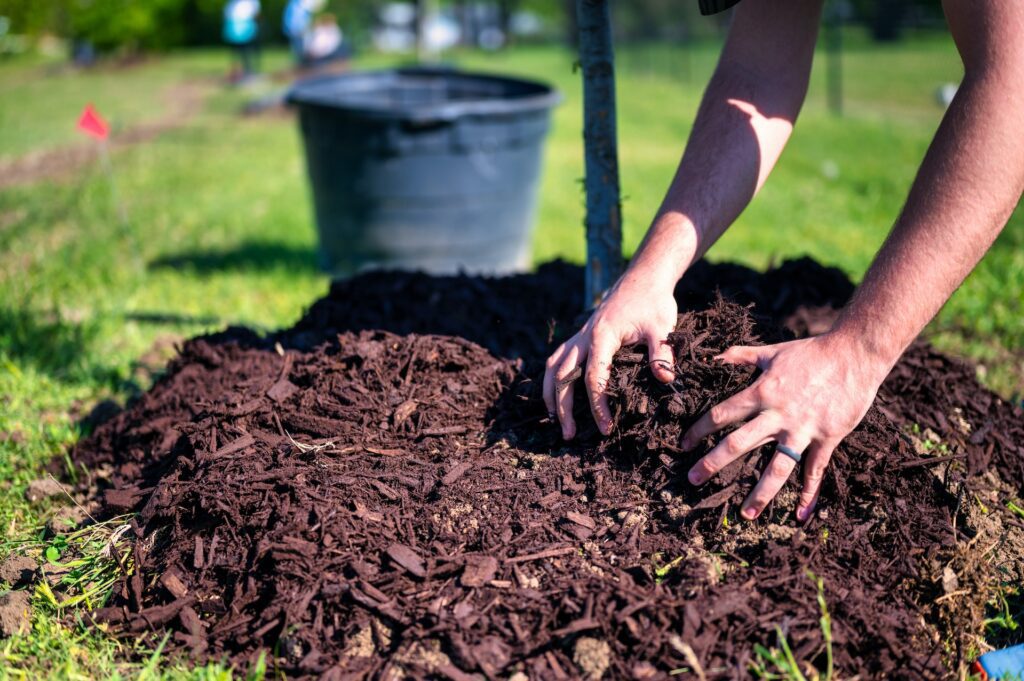
Choose Drought-Tolerant Grass Varieties
If you’re reseeding or installing a new lawn, opt for drought-tolerant grass types such as Bermuda grass, buffalo grass, tall fescue, or zoysia. These grasses require less water and thrive in hot, dry climates.
Also, consider converting part of your lawn into xeriscaping or native plant beds, which can significantly reduce your overall water use.

Follow Local Watering Restrictions
Many municipalities impose watering restrictions during droughts. Be sure to follow local guidelines to avoid fines and ensure your efforts align with community conservation goals. Some areas allow watering only on certain days or during specific times.
Check your city’s website or contact your local water authority for the most up-to-date restrictions.

Use Soil Moisture Sensors or Smart Controllers
Technology can play a big role in drought lawn care. Soil moisture sensors and smart irrigation controllers can help you water only when your lawn truly needs it. These devices measure moisture levels in the soil and adjust your watering schedule accordingly, preventing overwatering.
Many regions even offer rebates for installing water-saving devices, so check with your local water agency.

Let Your Lawn Go Dormant if Necessary
In severe drought conditions, it’s okay to let your lawn go dormant. Grass naturally turns brown to conserve energy and water. Dormant grass isn’t dead—it will usually recover once regular rainfall returns.
To help it survive dormancy:
Avoid heavy foot traffic
Water just enough (about ½ inch every 2–3 weeks)
Keep mowing to a minimum
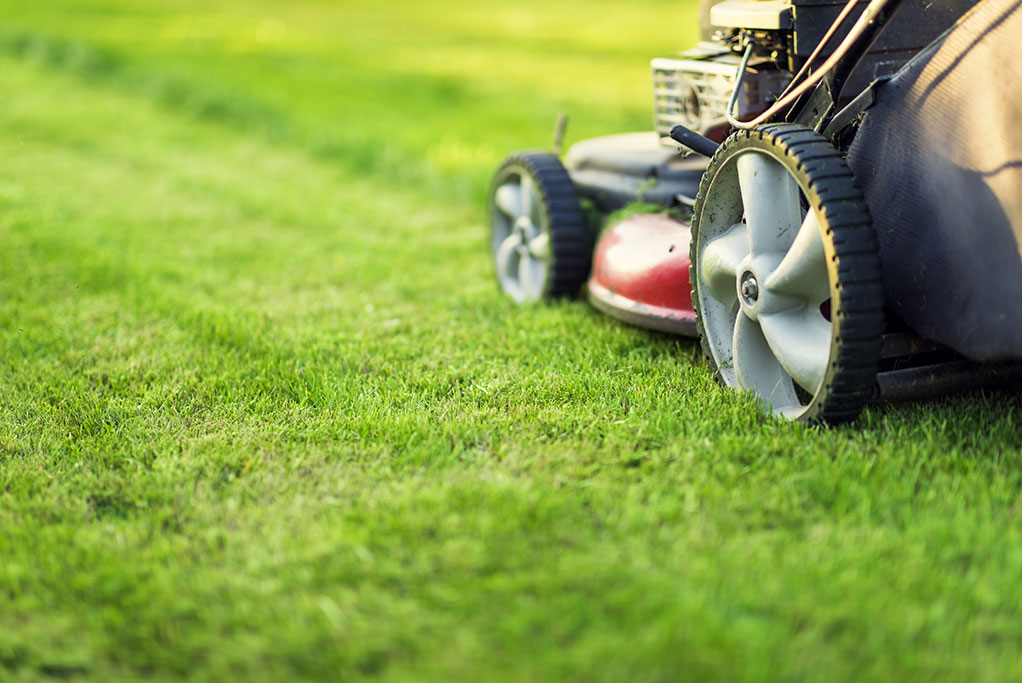
Final Thoughts
Taking care of your lawn during a drought doesn’t mean letting it die. By following these drought-tolerant lawn care tips, you can maintain a healthier yard while conserving precious water. Remember, responsible watering is not only about saving water—it’s about nurturing a more sustainable and resilient outdoor space.
Want to upgrade your lawn care routine to be more water-wise? Start with one or two changes from this list, and build from there.
